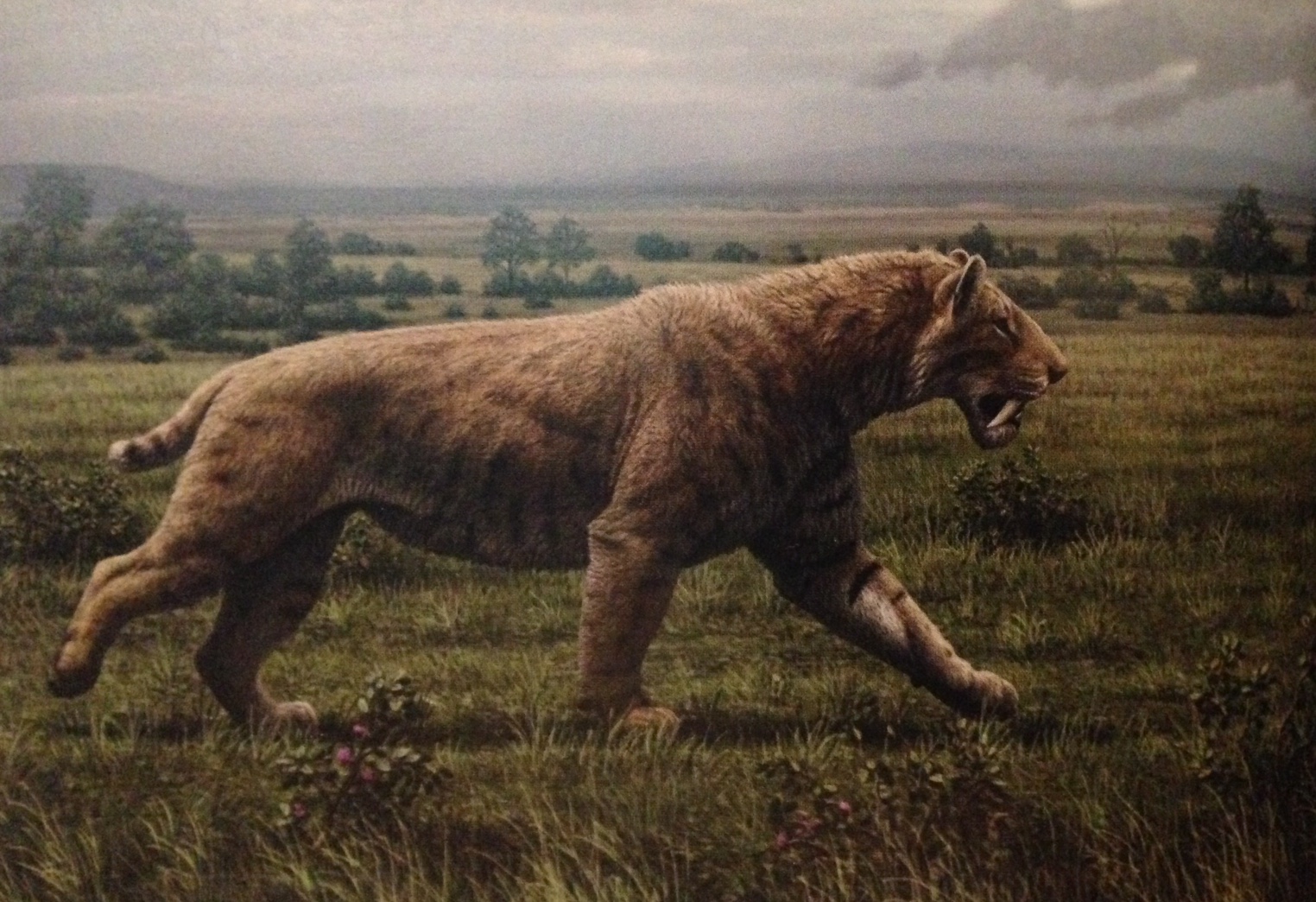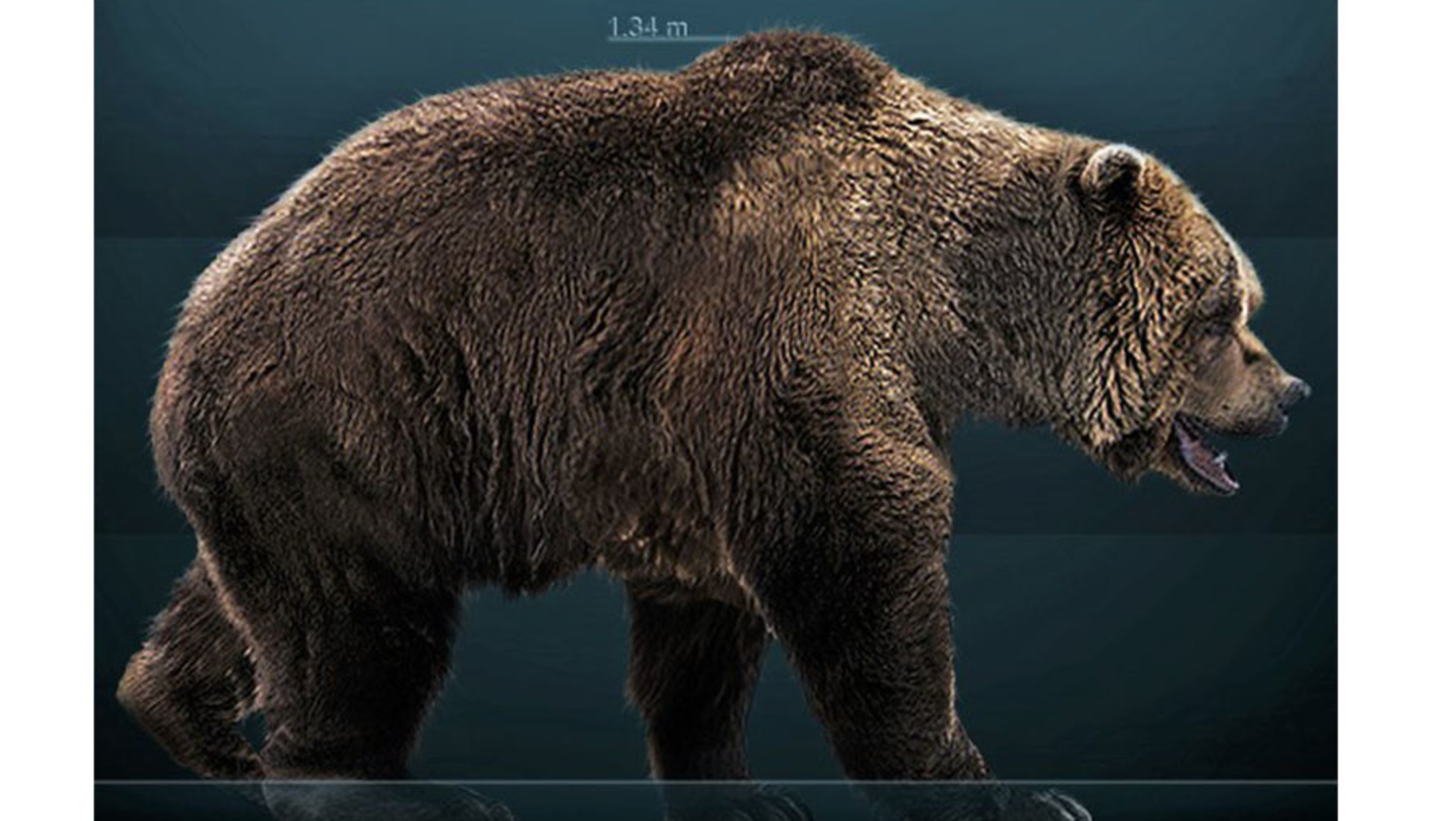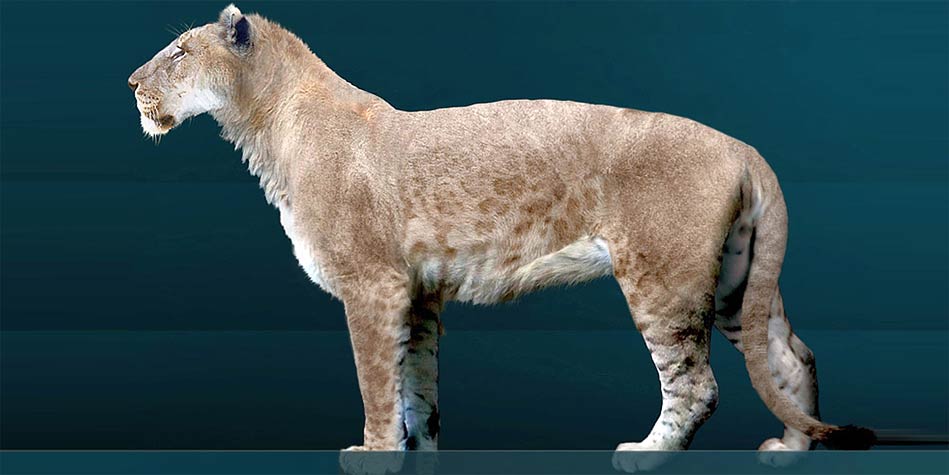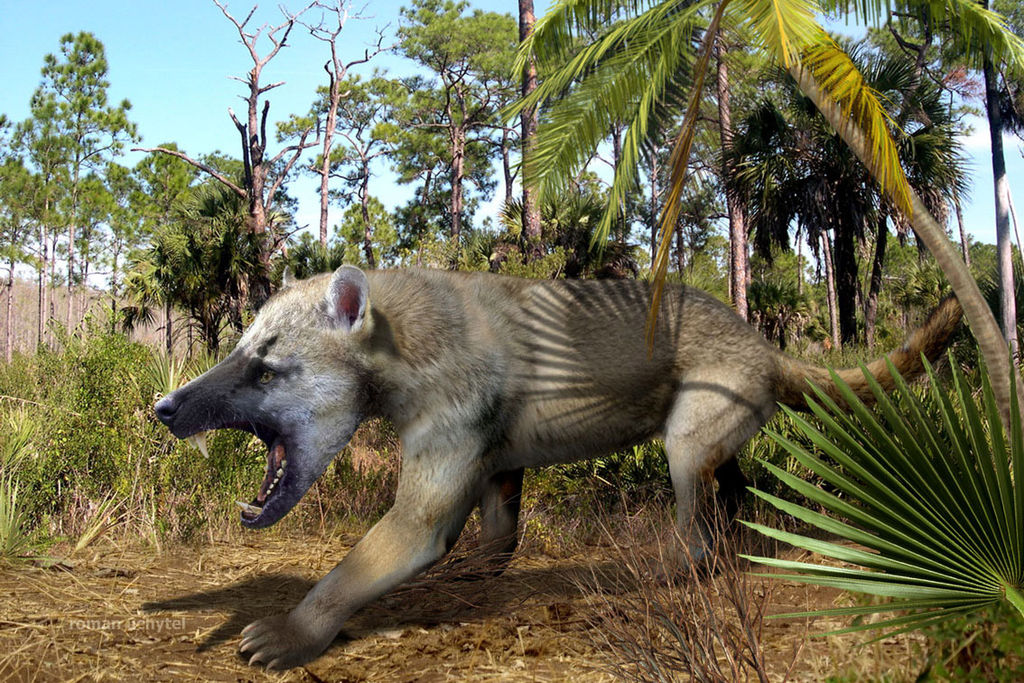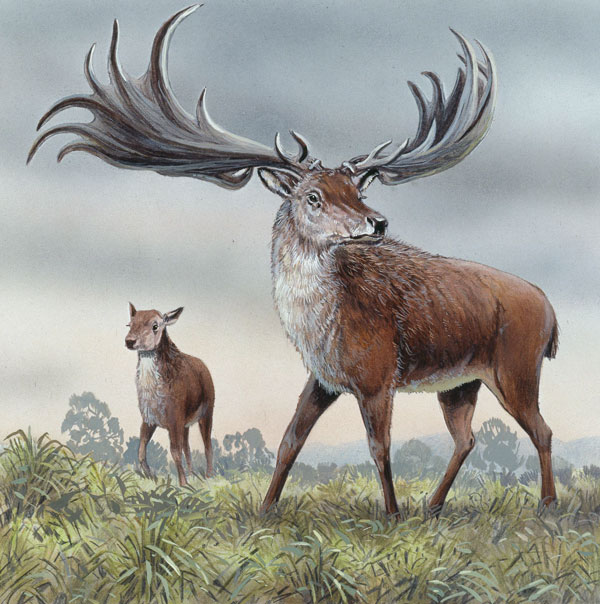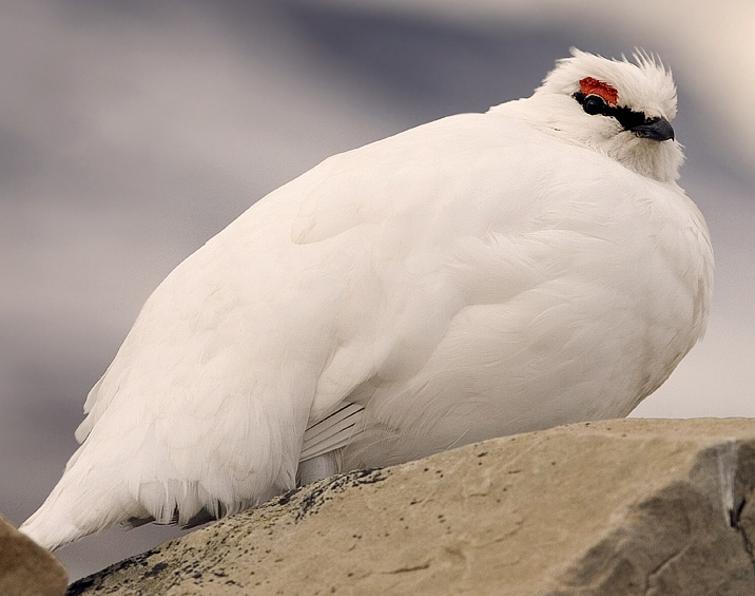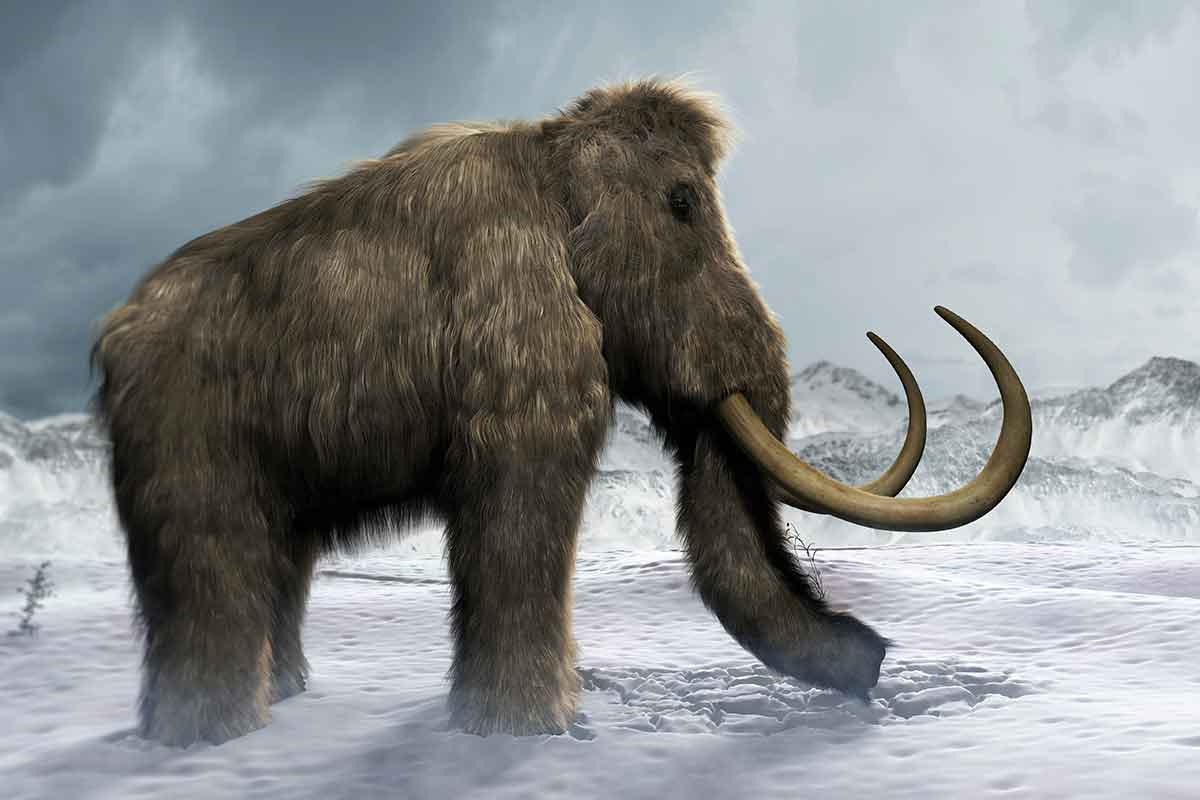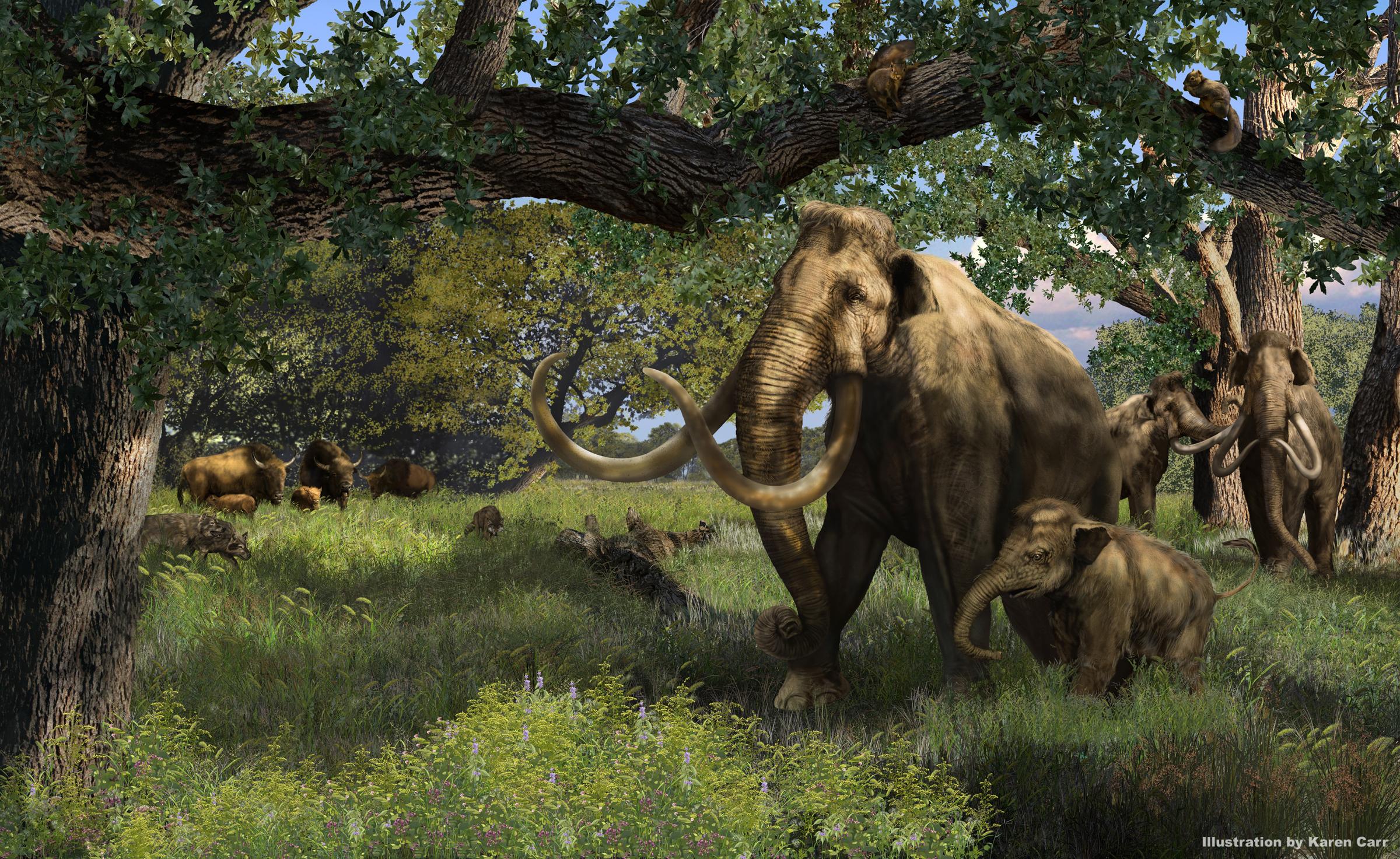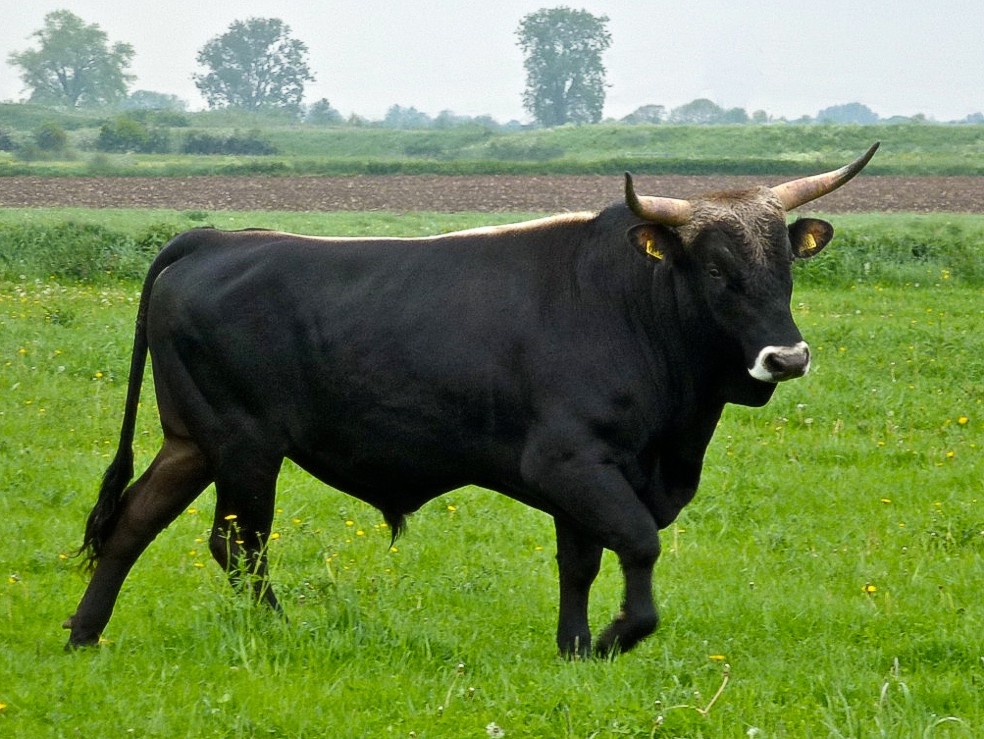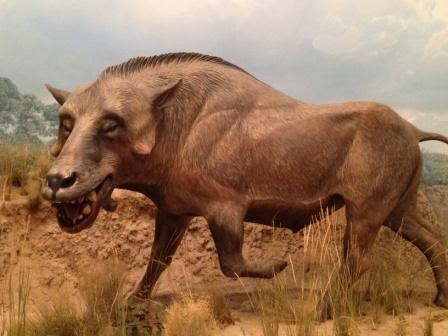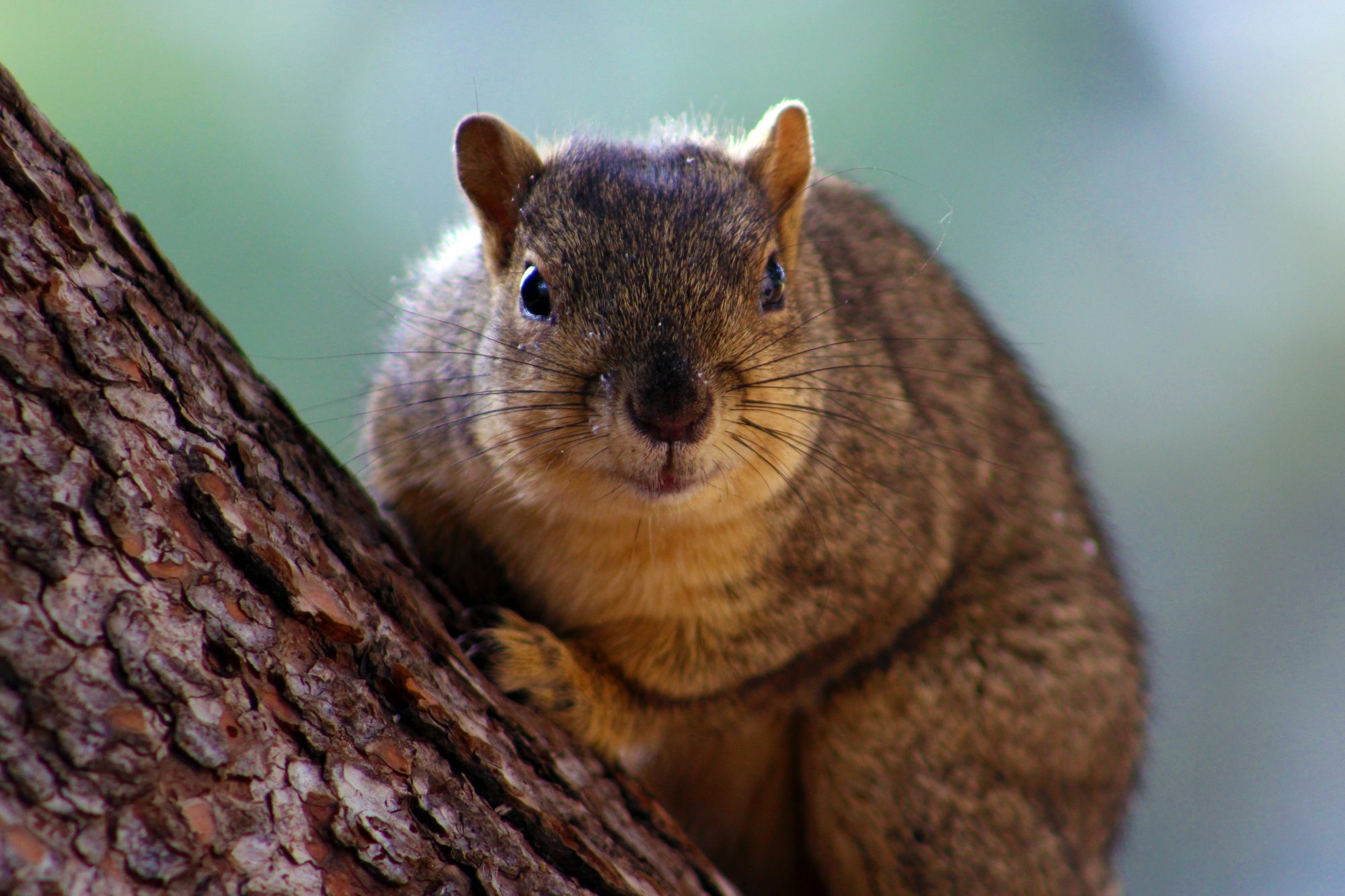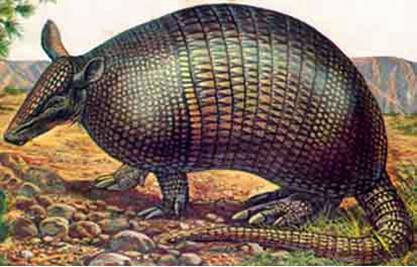scorpiodragon
Five Thousand Club
Notes: According to the theory of the recent African origin of modern humans, anatomically modern humans began migrating out of Africa during the Middle Stone Age/Middle Paleolithic around 125,000 years ago and began to replace earlier pre-existent Homo species such as the Neanderthals and Homo erectus. Source: Middle Paleolithic - Wikipedia
Nutrition:
Although gathering and hunting comprised most of the food supply during the Middle Paleolithic, people began to supplement their diet with seafood and began smoking and drying meat to preserve and store it. For instance the Middle Stone Age inhabitants of the region now occupied by the Democratic Republic of the Congo hunted large 6-foot (1.8 m) long catfish with specialized barbed fishing points as early as 90,000 years ago, and Neandertals and Middle Paleolithic Homo sapiens in Africa began to catch shellfish for food as revealed by shellfish cooking in Neanderthal sites in Italy about 110,000 years ago and Middle Paleolithic Homo sapiens sites at Pinnacle Point, in Africa.Nutrition:
However it is also possible that Middle Paleolithic cannibalism occurred for religious reasons which would coincide with the development of religious practices thought to have occurred during the Upper Paleolithic. Nonetheless it remains possible that Middle Paleolithic societies never practiced cannibalism and that the damage to recovered human bones was either the result of excarnation or predation by carnivores such as saber-toothed cats, lions and hyenas.
Technology:
The first stone tools were used to meet people's three basic needs of food, shelter, and clothing. These were difficult times; there were no stores to buy food, and people had to cooperate in small groups to make clothing and shelter. To hunt for food, early humans formed spears, first by sharpening the ends of sticks, but later by attaching a sharp stone spear-tip to wood using animal sinew. A tool made up of more than one material is called a composite tool.
Flaking was one of the first uses of technology. Technologies are tools and also skills that make our lives easier. Flaking is an example of a Stone Age technology skill. Flaking involves using a hammer stone to form sharp edges on an object stone by striking it on its sides. By flaking early humans could sharpen spear and arrow tips to hunt prey.
Climate & Society:
The earth's climate was very different. The world was a much colder place to live on than our modern world. Wild herds of animals roamed the land in search of food, which was scarce at that time. In order for Stone Age people to survive, they had to move with these herds of animals.Old Stone Age people were always on the move. A person who moves from place to place is called a nomad. Because of their nomadic lifestyle, Old Stone Age people built temporary homes, rather than permanent homes. People travelled in small groups, we think these groups could have been extended family groups. Old Stone Age people had two ways of obtaining food, by hunting and gathering. Gathering is finding wild berries and other plants to eat. We sometimes call these people hunter-gatherers.
There were not many humans at this time, and they were spread out, rather than living close together. Experts think there were no more than one million humans living during any time of the Paleolithic Era. That might sound like a lot of people, but today there are about seven billion people, 7,000 times more people than in the Paleolithic Era. Archaeological evidence points to humans beginning in the continent of Africa, and later migrating to other continents.
Tools:
Middle Stone Age toolkits points, which could be hafted on to shafts to make spears; stone awls, which could have been used to perforate hides; and scrapers that were useful in preparing hide, wood, and other materials.Scrapers were used for cleaning animal skins in the process of making leather. Burins were used for carving or engraving wood and bone, like a chisel. Blades were used as knives and microliths were tiny flints that were glued/fixed to wooden shafts to make arrows or spears for hunting.


